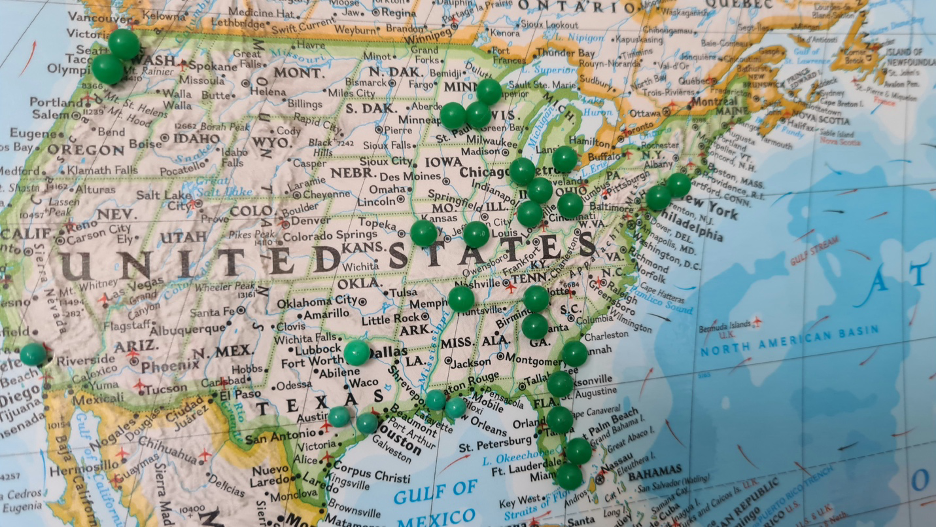I’m From Where I Am
“Home is not where you were born; home is where all your attempts to escape cease.” —Naguib Mahfouz, Nobel Prize–winning Egyptian author
When I meet people and they ask where I’m from, I typically respond, “Honestly, I’m from where I am.” It’s not a dodge or a snarky attempt to be clever. It’s simply the most sincere answer I can give. Born in Detroit where I lived for only a year (no memories there!), I moved ten times before graduating high school. Over the course of my 33-year Army career, I moved another twenty-one times—across the U.S. and abroad. And I’ve relocated a few times since military retirement over ten years ago. My life has largely been one of movement and continuous adapting and as a result, I don’t identify with a single hometown banner or point proudly to one childhood locale. Instead, I’ve come to identify more with the present—with who I am now and where I am now—than with any particular place I once lived. That admission, while liberating in some ways, carries its own form of vulnerability.
Most people define themselves by where they’re from. It’s a way to pinpoint identity in shared memories: the town they were born in, childhood friends, the high school they attended. But when you’ve uprooted your life repeatedly—as, for example, military families do—those anchor points are harder to come by. I personally have had to find a different center of gravity. For me, it’s not as much about location as it is about purpose and presence. Saying “I’m from where I am” can sometimes feel like a conversation-stopper, but it’s also an expression of openness. It’s saying: “I may not have roots in one place, but I am fully here.”
There’s a hidden vulnerability in either way of living. Those who’ve stayed put may feel secure in familiarity, but that security can be fragile—easily disrupted by job loss, relocation, natural disaster, or even a cultural change in the place they call home. Conversely, those of us who’ve moved often may appear adaptable, even resilient, but that flexibility sometimes comes at the cost of continuity, community, and the warmth of a shared history. Vulnerability shows up differently in each case: for some, it’s in leaving; for others, it’s in staying. We all face the tension between wanting to belong to a place, group, or past and wanting to become or redefine ourselves as we move through life. Identity is about navigating that tension—being part of something without being confined by it.
Interestingly, the broader American story has changed in recent decades. In the 1960s, nearly 20% of Americans moved each year. That number has steadily declined—to just 8.4% in 2021, the lowest rate in over 70 years. Today, roughly 57% of U.S. adults under 42 still live in or near the place they grew up. Another survey suggests over 60% of Americans live within ten miles of their hometown. Parents increasingly prioritize stability for their children, choosing to stay rooted rather than relocate for work or other opportunities. In a culture that once prized mobility, establishing enduring roots is now more common—and perhaps preferable.
So where are you from? Maybe it’s a simple answer. Or maybe, like me, it’s a layered story of movement and adaptation. In the end, it’s not just about zip codes or childhood homes. It’s about what grounds us—what gives us identity. For some, it’s the place they never left. For others, it’s wherever they’ve landed. As for me, I’ll continue to say, with no irony or regret, “I’m from where I am.” And in that answer lies both quiet confidence and a willingness to be seen—as someone shaped not by one place, but by all the places I’ve been, and the one I call home now.





Well stated, Mike. As a frequent mover, I can identify with your story.